Up On Their Hind Legs
Chewing on Furniture
Bringing You Toys But Don't Want To Fetch
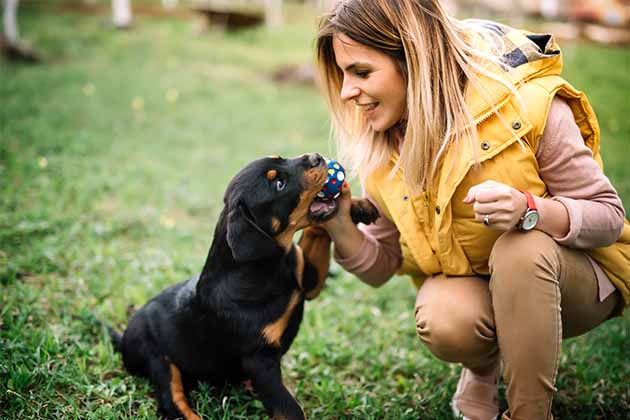
Dogs love to play fetch, but bringing you one of their favorite toys doesn't mean that they want to play. Some theories for this behavior include them showing you that they trust you or that he's trying to please you.
Keep in mind, if you do throw the ball when your dog is just trying to show it to you, it could hurt his feelings.
Yawning Isn't Always About Exhaustion
Wiggling
The Puppy Dog Eyes When You Leave
Pacing
Tilting Their Head
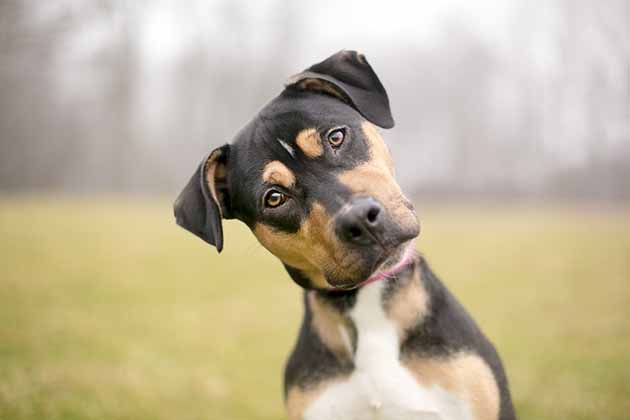
Almost everyone has a 'doggie' voice, one that they reserve specifically for their dog, and when your dog hears it, they might tilt their head. Sometimes, it seems almost like they know what you're saying.
Dogs are incredibly good at reading and responding to your body language and vocal cues. They recognize keywords, phrases, and inflections. Experts believe that tilting their head to the side in order to adjust their outer ears so they can pinpoint a noise.
Sniffing the Air
Flipping Their Tongues
Stretching
Showing Their Belly
Raising Their Paws

Dogs raise their paws because they want something from you, or they're wanting to play with you. Puppies and younger dogs are the ones who mostly exhibit this behavior.
If a puppy dog is hungry, then it'll raise its paws to touch its mother, so if your pup does that to you, it might mean they want your love and attention.
Dragging Their Butt

You probably have seen your dog dragging their butt across the floor, and you likely either find it funny or super gross. This can be a major cause for concern, though.
This scooting is can indicate something is wrong with their nether regions, something that can be super uncomfortable for the dog. So if your dog starts scooting, then you might want to take them to the vet.
Laying on Your Feet
Leaning on You
Flicking Their Ears
The Side Tongue
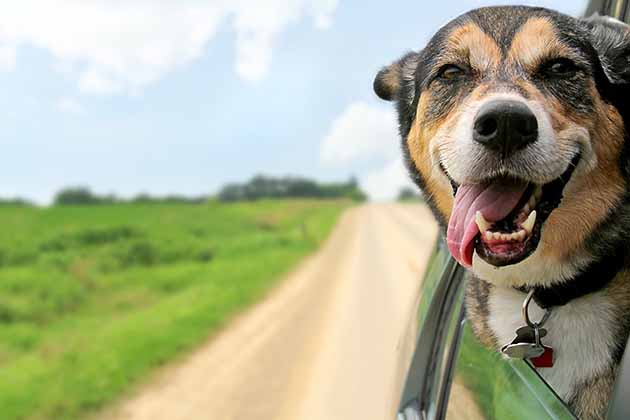
You know when your dog's tongue hangs out of the side of their mouth? Cute, right? It actually means a little bit more than you'd originally thought. When a dog has its tongue hanging out of their mouth on one side, it means that they're feeling calm and happy.
However, if their tongue is out more often than not, then that can be a cause for worry, the condition may be known as "hanging tongue syndrome." A vet can help with this condition, which is common amongst breeds with flat noses.
Biting
Chasing Their Tail

Odds are you've seen your dog running in circles chasing their tail. This is a super common behavior in dogs and is usually a sign of playfulness. However, if your dog does this excessively, then it could be a sign of something else.
If your dog chews at its tail when they catch it, then they may have a skin allergy or a gland that needs to be emptied by a vet.
Holding Their Tail Straight
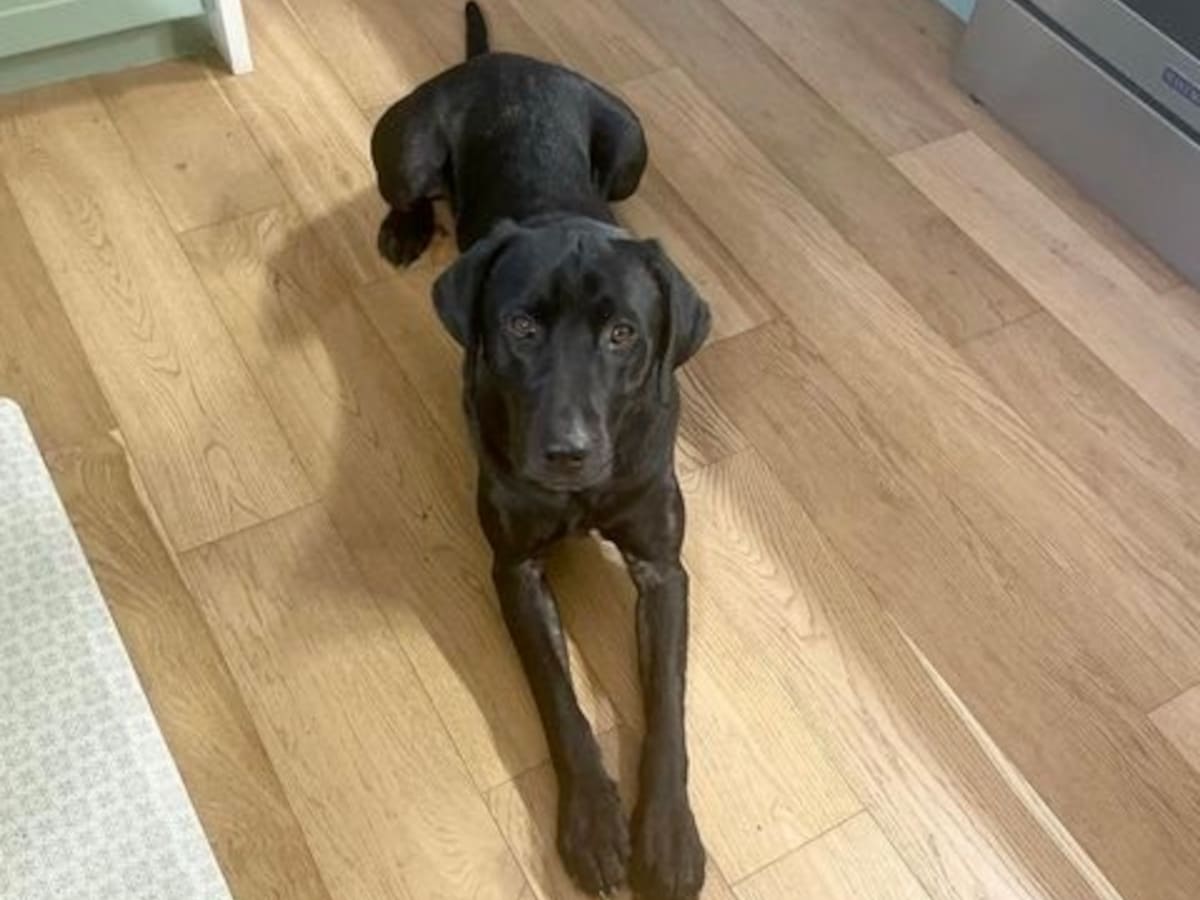
Did you know that when your dog holds their tail straight, it usually means they're feeling confident and alert? This stance is often seen during moments of curiosity or excitement.
When dogs have straight tails, it could mean that they're just out and about, checking out new places, sniffing interesting smells, or simply taking in the sights.
Wagging Their Tail
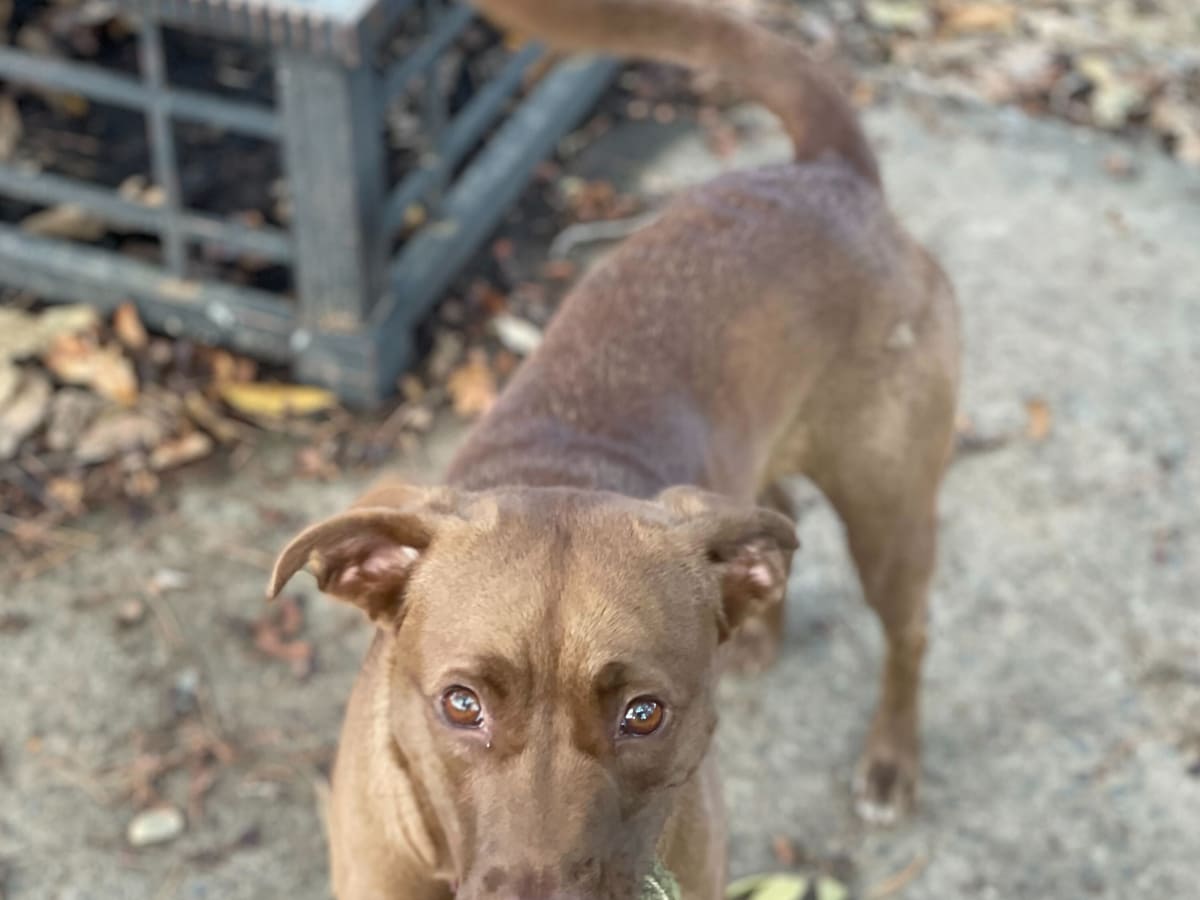
Sometimes, when a dog wags their tail, it may not necessarily mean they are feeling happy. When a dog wags its tail, it can express more than just happiness and enthusiasm. It can also communicate various other emotions and intentions.
Understanding your dog's state of mind can be gleaned from observing the speed, direction, and height of their wag. A wide, energetic wag usually indicates a friendly and enthusiastic demeanor, whereas a slow, low wag may suggest feelings of insecurity or apprehension. Furthermore, the way their tail is positioned in relation to their body can provide additional insights.
Perked Up Ears
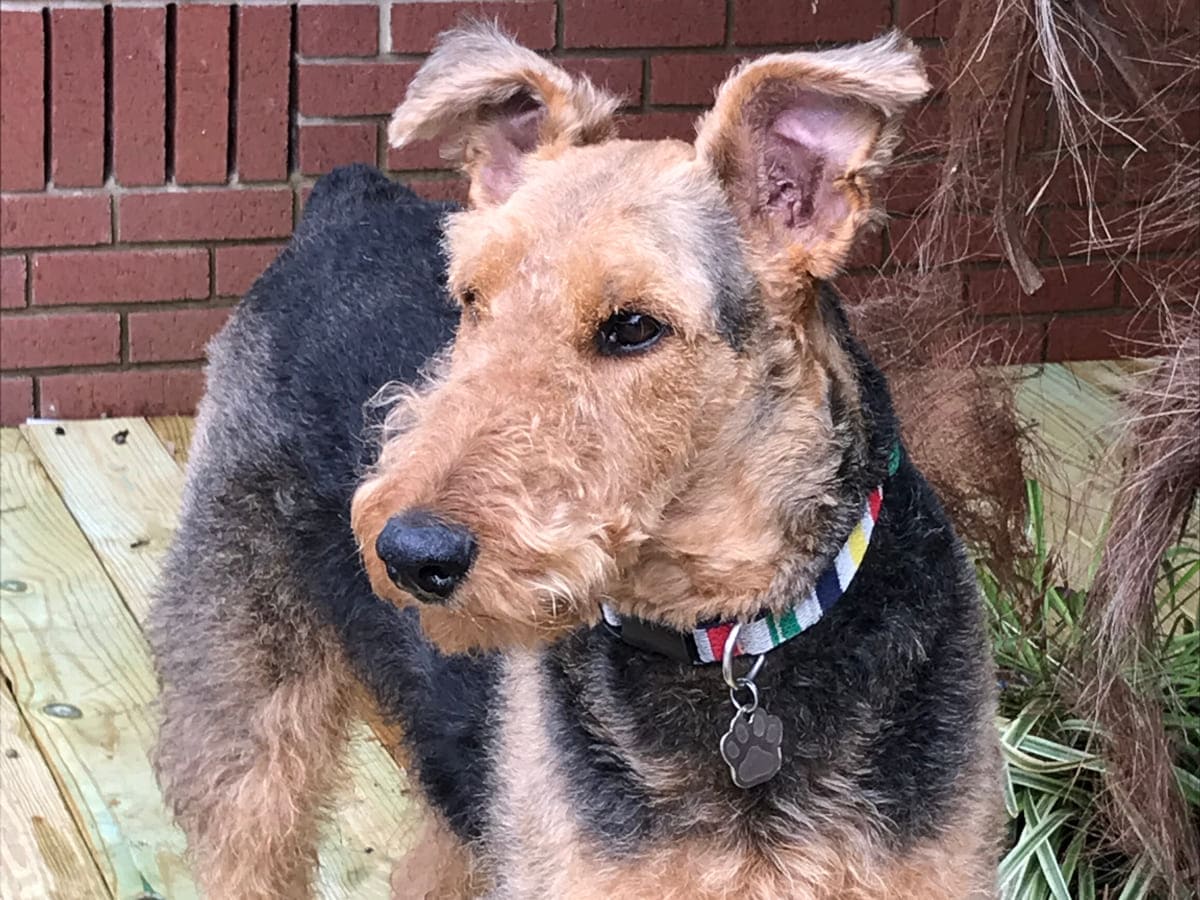
When your dog's ears perk up, it's more than just a sign of attentiveness—it's a way for them to communicate. Ear position is an important way for dogs to express their emotions and intentions.
When a dog's ears stand up straight, it shows that they are paying attention and engaged. It suggests that they are curious or excited about something. On the other hand, if your pup has a tense body posture, it could indicate that they are alert and prepared for any situation.
Opening Their Mouth When They See You
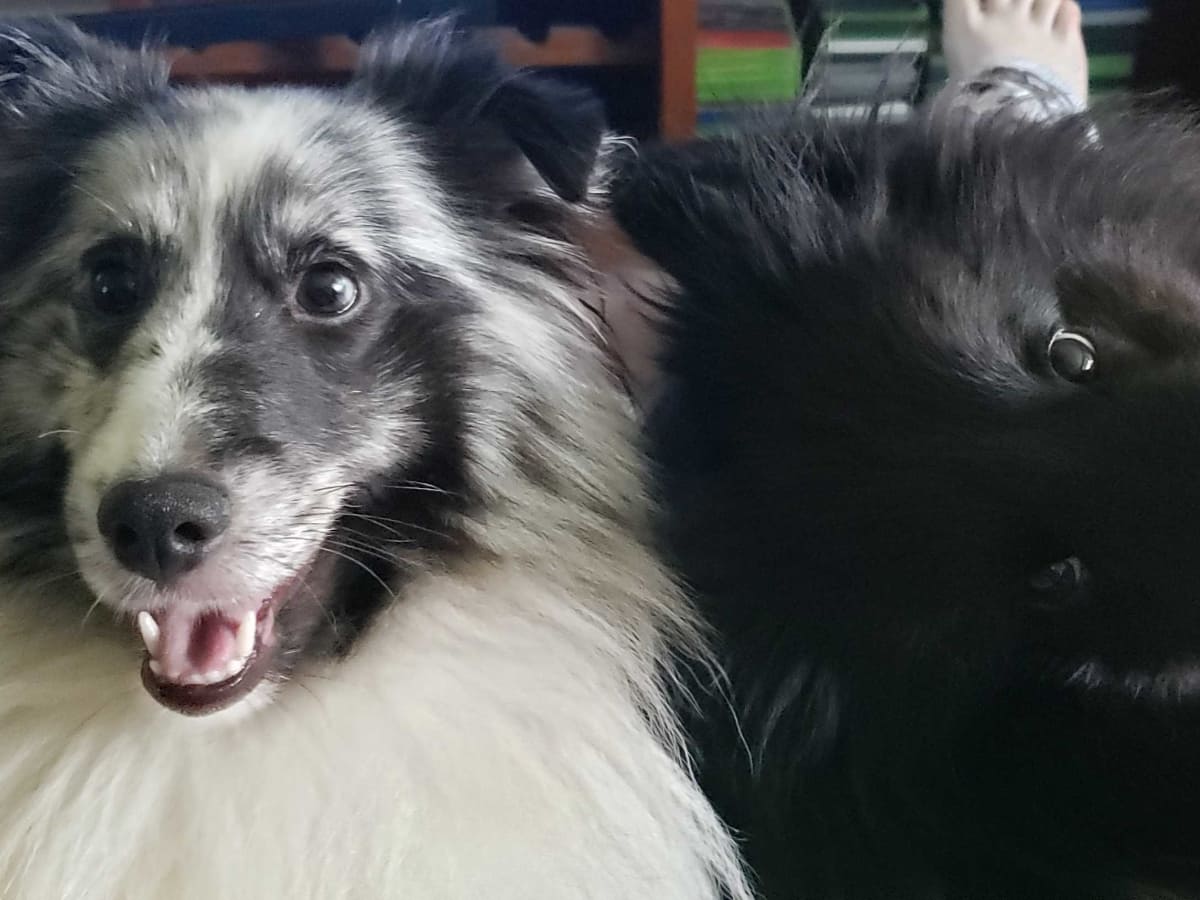
When a dog opens its mouth upon seeing you, it's usually a sign that they're happy and excited to see you. This behavior is similar to a smile in humans and indicates a positive emotional response. When dogs see you, they might open their mouths as a way to greet you and show their happiness. It comes with wagging tails and frequently playful body language.
Their behavior is deeply rooted in their social nature, showcasing their longing for connection and interaction with their human companions. Responding in a friendly and interactive manner to this gesture strengthens the connection between you and your furry companion, fostering a happy and harmonious relationship.
Siting at the Window
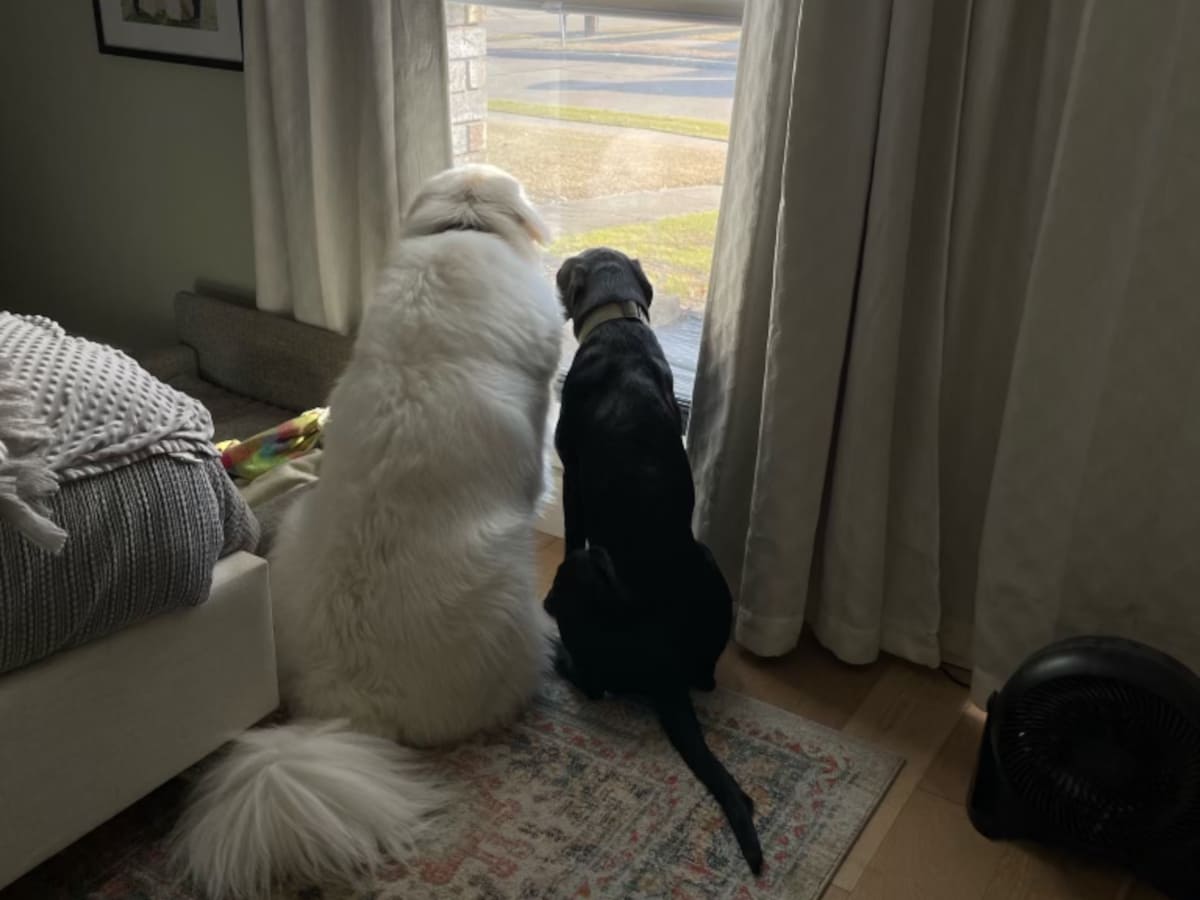
When a dog sits at the window, it's usually enjoying one of its favorite pastimes: people-watching. Their behavior is a result of their innate curiosity and territorial instincts. It's interesting how dogs sometimes sit by the window to watch what's happening outside. They seem to enjoy keeping an eye on the passing activity, animals, and vehicles.
For certain dogs, it can be a way to keep their minds active and entertained when things are calm. In addition, dogs love sitting by the window because it lets them keep an eye on what's happening outside.
Sleeping in Packs

Dogs sleeping in packs is a behavior that stems from their social nature and ancestral history. Canines in the wild frequently sleep together in groups to ensure safety, to stay warm, and to enjoy each other's company. Even when dogs are the sole pet in a household, they still exhibit this instinctual behavior. Dogs often find solace and a feeling of belonging when they sleep near their human family members, as if they are part of a pack.
In addition, allowing dogs to sleep in the same space as their human companions can help strengthen the bond between them, creating a sense of belonging and closeness. Noticing this behavior really emphasizes how crucial social connection and companionship are in a dog's life, showing just how much they naturally crave social interaction and security.
Watching You
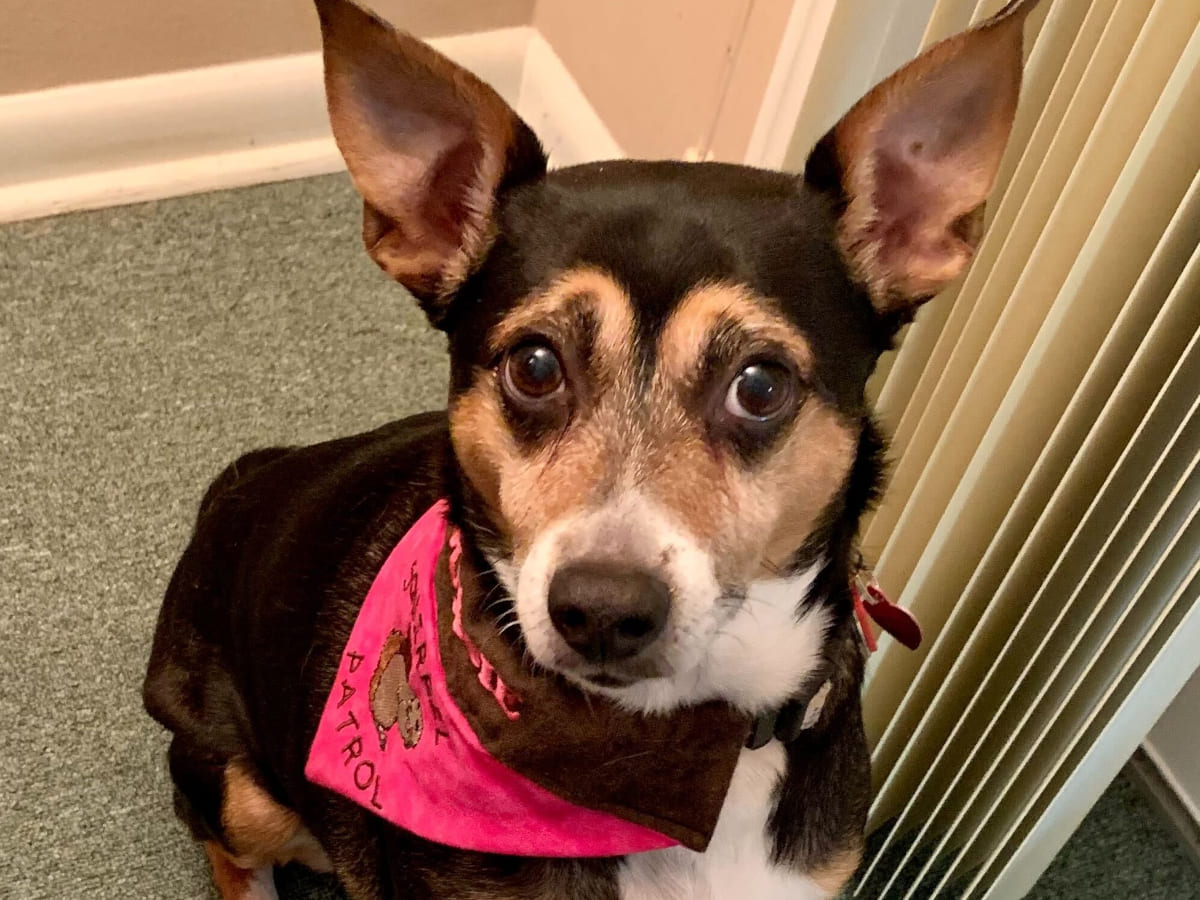
When your dog watches you, it's more than just idle curiosity—it's a sign of their deep emotional connection and attentiveness. Dogs often gaze at their human companions with a steady, focused stare, seeking cues, reassurance, or simply enjoying your company. This behavior is rooted in the bond between dogs and humans, built on centuries of companionship and cooperation.
Whether you're engaged in an activity, relaxing, or going about your day, your dog's watchful eyes reflect their desire to understand you better and be near you. It's a heartwarming reminder of the special relationship between humans and dogs, characterized by mutual love, trust, and companionship. Embracing these moments of connection strengthens the bond between you and your furry friend, enriching both of your lives.
Whining and/or Whimpering

Dogs use whining and whimpering as a way to communicate their needs and emotions. It might indicate a need for social interaction, company, or possibly unease or nervousness. Dogs often whine to express their need for attention or to communicate their discomfort or unease. In addition, whining can serve as a way for dogs to communicate with each other, expressing submission or excitement.
It's important to grasp the context and interpret the body language in order to respond appropriately. Responding to their needs in a timely manner helps build trust and deepens the connection between pet and owner. If you're not sure what's causing the issue, it might be helpful to reach out to a veterinarian or dog behaviorist. They can offer valuable insights to help you communicate and care for your dog effectively.
Howling
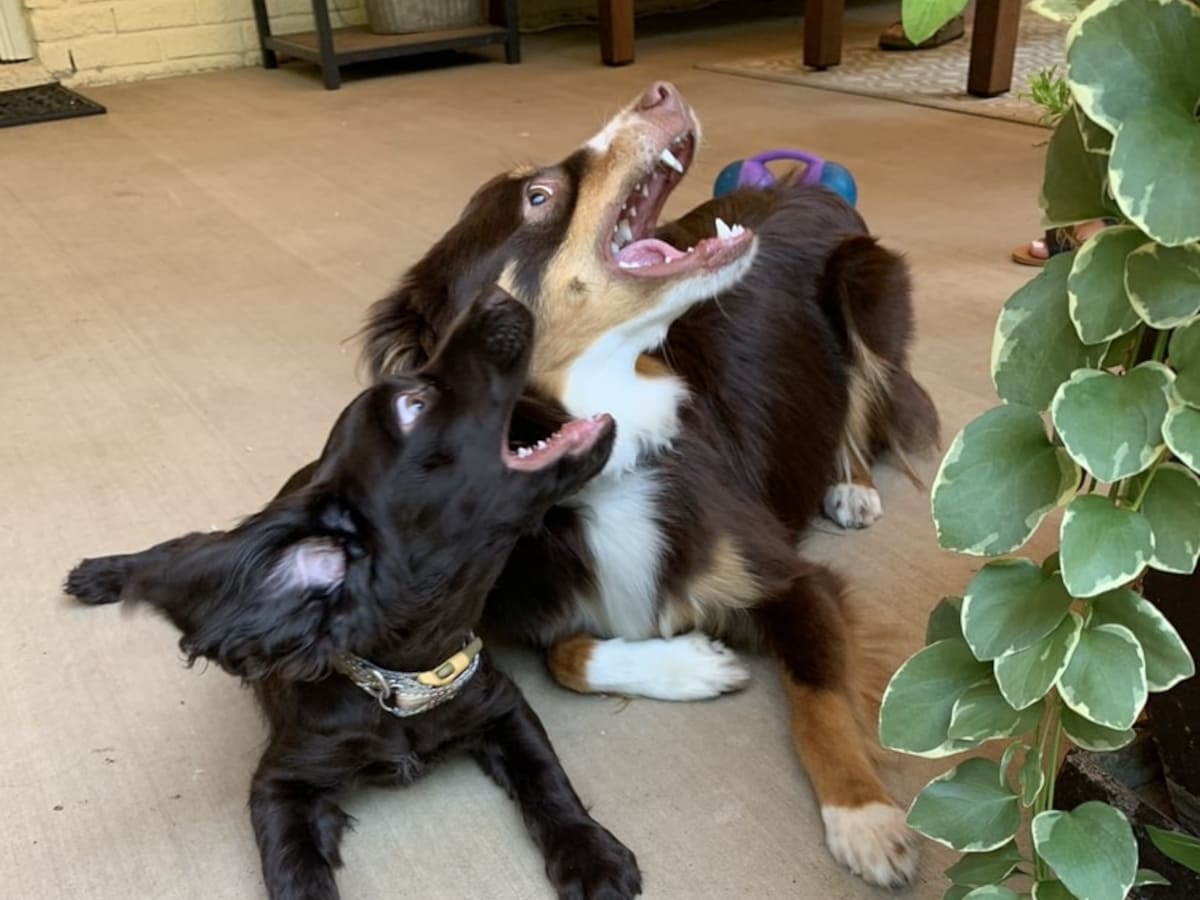
Dogs often howl to communicate, mark their territory, and express their emotions. Their behavior is deeply ingrained in their ancestry, reminiscent of their wild relatives, wolves. It's interesting to note that dogs sometimes howl in response to specific sounds, like sirens or other dogs' howls. This behavior can be seen as a way for them to join in or establish their presence.
Howling can also be used to communicate with other members of the pack or to express distress or loneliness when separated from their human or canine companions. Howling is a completely natural behavior for dogs and serves as a way for them to express themselves and communicate with others.
Jumping Up on You

When your dog jumps up on you, it's usually because they want your attention, affection, or they're just excited to see you. Dogs often exhibit this behavior, particularly when they are enthusiastic or eager to engage with their human companions. It's important to discourage jumping to prevent any potential accidents or discomfort, especially with larger breeds.
Teaching alternative greetings, like sitting or offering a paw, can be a helpful way to redirect this behavior and reinforce positive habits. Regular training and positive reinforcement are important for teaching your pet good behaviors and building a strong connection with them.
Raising Their Inner Eyebrow Muscles
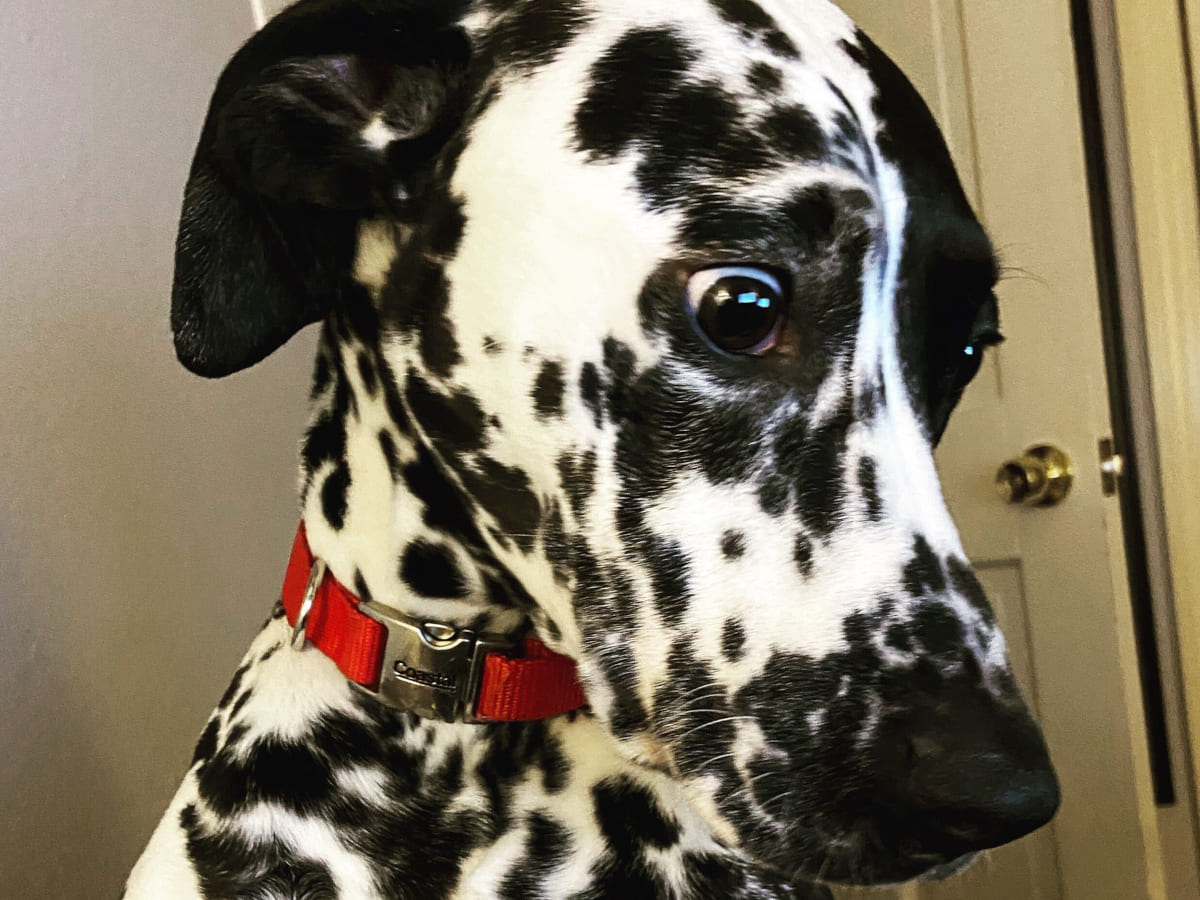
Dogs sometimes raise their inner eyebrow muscles, which can give them a quizzical or puzzled expression. This usually indicates that they are feeling confused or distracted. These small gestures, along with other nonverbal cues such as tilting the head or furrowing the brow, suggest that the dog is actively thinking or trying to understand their environment.
When dogs come across something new or receive conflicting signals, they might raise their inner eyebrows as a way to better comprehend the situation or a command. By paying attention to this expression, you can gain valuable insights into your dog's thoughts and feelings. This will help you provide the necessary reassurance, clarification, or guidance to ensure your pet's understanding and well-being.
 Author
Rachel Downs
Last Updated: December 09, 2025
Author
Rachel Downs
Last Updated: December 09, 2025













